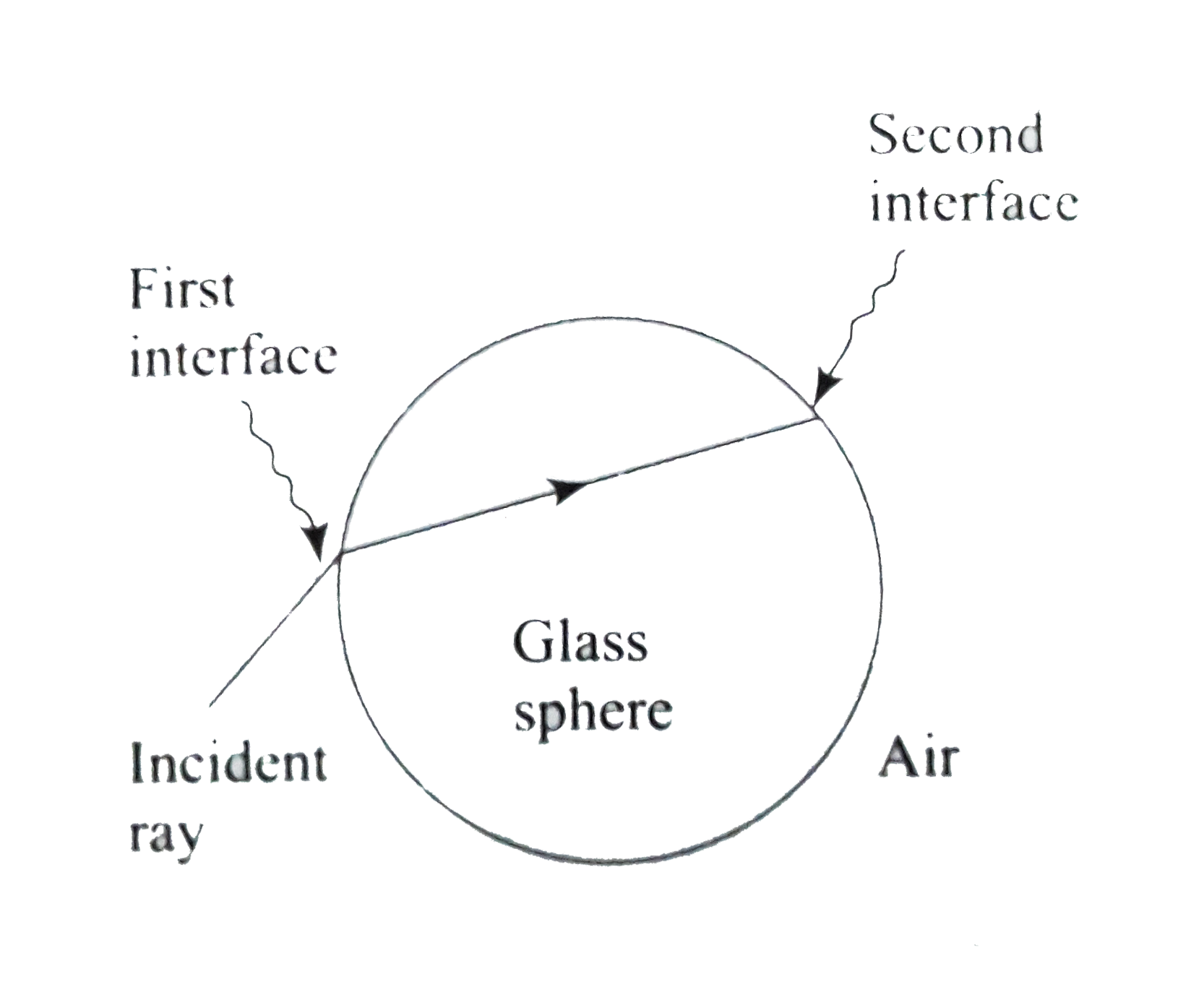Assertion : The images formed by total internal reflections are much brighter than those formed by mirrorrs or lenses.
Reason : There is no loss of intensity in total internal reflection.
If both assertion and reason are true and reason is the correct explanation of assertion.
If both assertion and reason are true and reason is not the correct explanation of assertion.
If assertion is true but reason is false.
If both assertion and reason are false.
The correct Answer is:A
To solve the assertion and reason question, we will analyze both statements step by step.
Step 1: Analyze the Assertion
The assertion states that "The images formed by total internal reflections are much brighter than those formed by mirrors or lenses."
- Explanation: Total internal reflection occurs when light travels from a denser medium to a less dense medium at an angle greater than the critical angle. In this case, all the light is reflected back into the denser medium, leading to a very bright image. In contrast, mirrors and lenses do not reflect all the light; some of it is absorbed or refracted, leading to a loss of brightness.
Step 2: Analyze the Reason
The reason states that "There is no loss of intensity in total internal reflection."
- Explanation: In total internal reflection, all the incident light is reflected back into the medium without any loss of intensity. This is different from mirrors and lenses, where some light is reflected and some is refracted, resulting in a reduction of intensity. Thus, the reason correctly explains why the images formed by total internal reflection are brighter.
Step 3: Conclusion
Since both the assertion and the reason are true, and the reason provides a correct explanation for the assertion, we conclude that:
- Final Answer: Both assertion and reason are true, and the reason is the correct explanation of the assertion.
The assertion states that "The images formed by total internal reflections are much brighter than those formed by mirrors or lenses."
The reason states that "There is no loss of intensity in total internal reflection."
Since both the assertion and the reason are true, and the reason provides a correct explanation for the assertion, we conclude that:
Topper's Solved these Questions
- RAY OPTICS AND OPTICAL INSTRUMENTSBook:NCERT FINGERTPS ENGLISHChapter:RAY OPTICS AND OPTICAL INSTRUMENTSExercise:MULTIPLE CHOICE QUESTIONS
Explore 100 Videos
- RAY OPTICS AND OPTICAL INSTRUMENTSBook:NCERT FINGERTPS ENGLISHChapter:RAY OPTICS AND OPTICAL INSTRUMENTSExercise:Reflection Of Light By Spherical Mirrors
Explore 5 Videos
- RAY OPTICS AND OPTICAL INSTRUMENTSBook:NCERT FINGERTPS ENGLISHChapter:RAY OPTICS AND OPTICAL INSTRUMENTSExercise:NCERT EXAMPLAR PROBLEMS
Explore 11 Videos
- PRACTICE PAPPERBook:NCERT FINGERTPS ENGLISHChapter:PRACTICE PAPPERExercise:Practice Paper 3
Explore 50 Videos
- SEMICONDUCTOR ELECTRONICS : MATERIALS , DEVICES AND SIMPLE CIRCUITS Book:NCERT FINGERTPS ENGLISHChapter:SEMICONDUCTOR ELECTRONICS : MATERIALS , DEVICES AND SIMPLE CIRCUITS Exercise:Assertion And Reason
Explore 15 Videos
Similar Questions
Knowledge Check
For a total internal reflection, which of the following is correct ?
ALight travel from rarer to denser medium.BLight travel from denser to rarer medium.CLight travels in air only.DLight travels in water only.
State the consequences of total internal reflection?
View SolutionWhich of the following is not due to total internal reflection ?
View SolutionWhich one of the following is not associated with the total internal reflection?
View SolutionState the conditions required for total internal reflection of light to take place.
View SolutionImage formed by reflection from a plane mirror is :
View SolutionStatement I: A ray is incident from outside on a glass sphere surrounded by air as shown in Figure. This ray may suffer total internal reflection at the second interface.

Statement II: For a ray going from a denser to rarer medium, the ray may suffer total internal reflection.
View Solution(a) What is total internal reflection ?
(b) State two conditions necessary for total internal reflection to occur.
(c) draw diagrams to illustrate total internal reflection.
View Solution